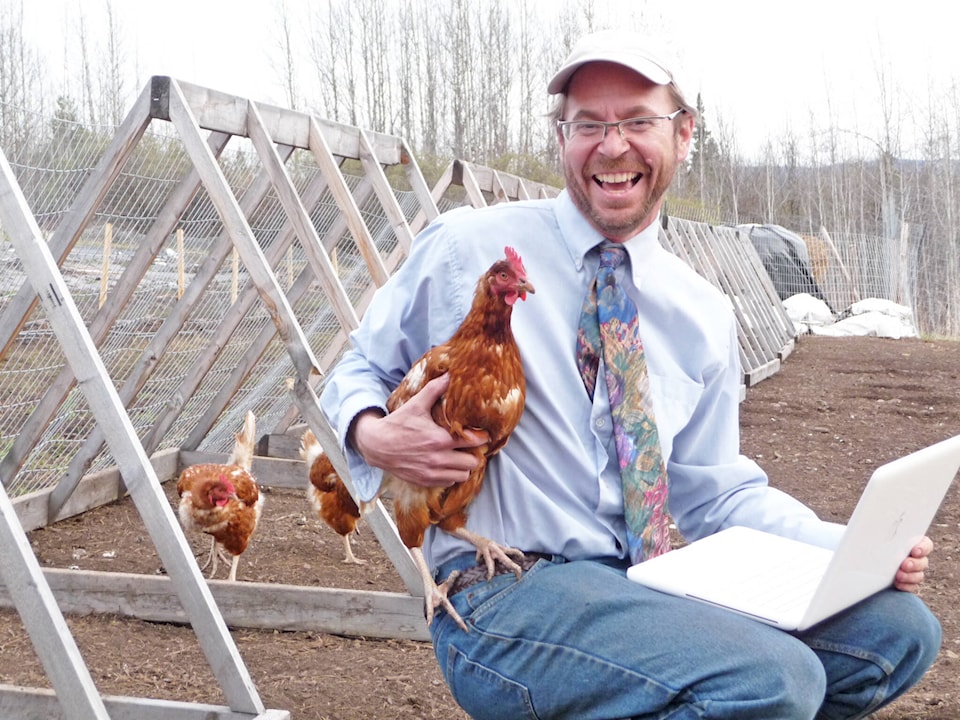According to the Regional District Bulkley Nechako Connectivity Committee Terms of Reference vision, “all citizens in the RDBN will have access to cellular service and affordable, reliable high-speed internet and cellular telephone service that meets or exceeds national standards.”
This is an admirable vision, but one that local governments with small populations or low densities do not always have the ability to meet on their own.
At one time the RDBN considered becoming an Internet Service Provider (ISP), but decided to continue to work toward its vision of better connectivity for residents in other ways.
For many years, it has been actively working with all levels of government to better understand rural needs, advocating for funding for rural services, and clarifying discrepancies in rural mapping (when ISP-reported service or speeds do not match the actual service or speeds received).
Internally, the RDBN is developing a Connectivity Strategy that identifies and prioritizes areas needing improved connectivity based on its ability to build off existing infrastructure; population density (which translates to cost per home to get service); existing low or no service; and areas that are eligible for federal and provincial funding (areas with less than 50/10 service).
In 2022, the RDBN passed a bylaw that created a formal RDBN service “for the purpose of exploring and developing partnerships with ISP and telecommunications providers to assist with the provision of these services to all residents.”
The intention of the bylaw is not to tax for connectivity-related infrastructure, but to have organizational structure and authority to support ISPs and connectivity initiatives in both electoral areas and member municipalities.
Following the establishment of the formal service, the RDBN entered into a partnering agreement with City West.
At the Regional District of Bulkley Nechako board meeting on December 15, the terms of reference of the Connectivity Committee were amended so that all electoral area directors sit on the committee.
The board also discussed providing letters of support for projects proposed by Telus for the December intake of the Connecting Communities BC Program. Having an RDBN service means formal support can be given for project applicants in this program, as well as others such as the Universal Broadband Fund, without any financial commitments.
The Telus projects, as outlined in two memos by the Economic Development department would reach 4,867 households in the RDBN, including 2,042 in the Smithers/Telkwa area.
Letters of support from local governments are required when ISPs submit funding applications, but it does not bind the RDBN to the projects in any way.
Timelines for projects if approved have not been confirmed.
For more about connectivity work in the RDBN contact the economic development department, or for more about your regional district go to www.rdbn.bc.ca or www.rdks.bc.ca.
